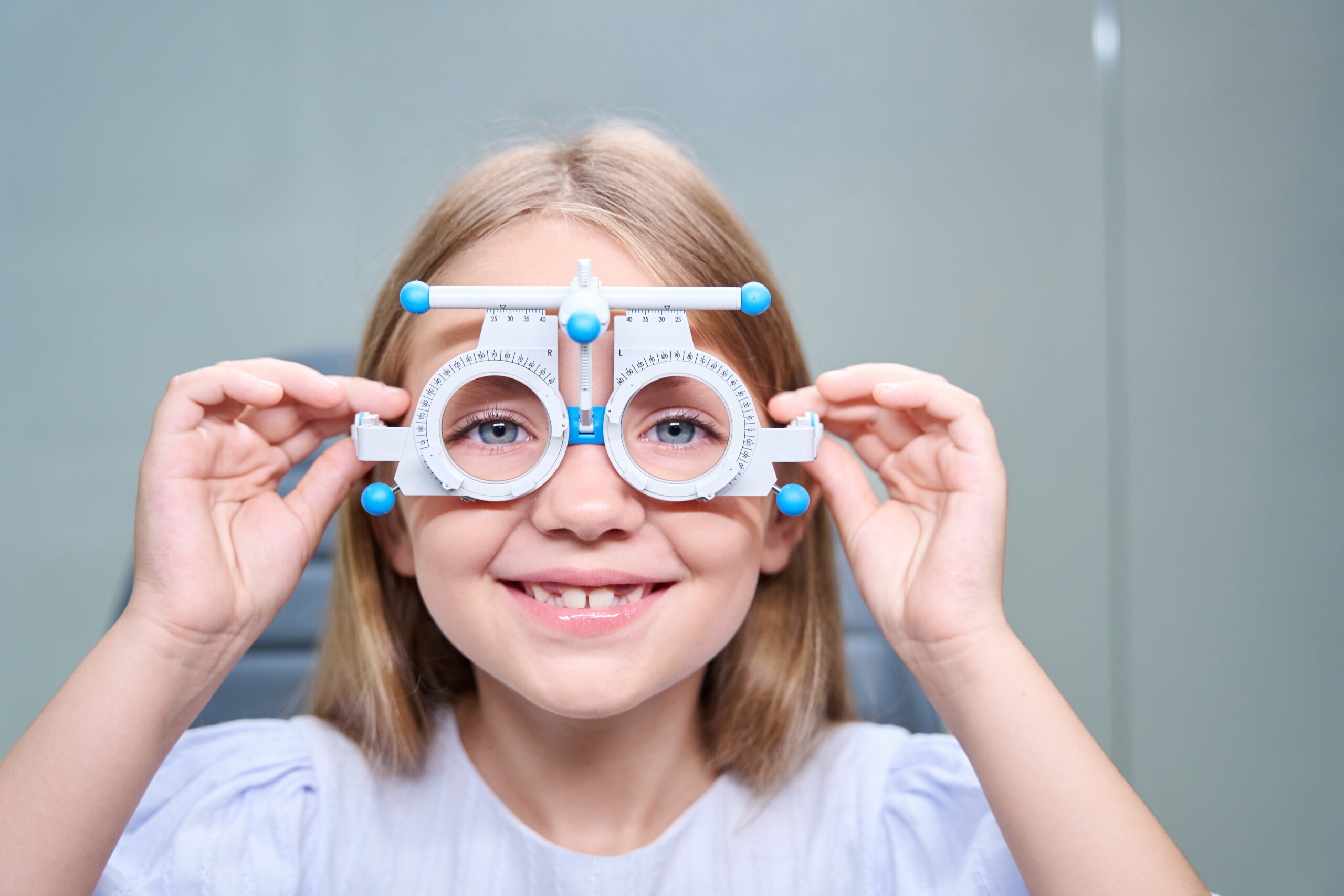Over forty percent of adult Americans suffer from nearsightedness, according to the American Optometric Association. Even worse, according to the American Orthopaedic Association, children are receiving diagnoses at the age of three, and the number has risen by 25% over the previous forty years.
Unfortunately, most parents don’t completely understand nearsightedness or the choices that are available to assist in preventing the progression of Myopia in their young children. What is myopia, therefore, and what can you do to shield your kids from its negative effects?
The first line of defense against long-term harm is being aware of the early indicators of myopia so that you or your child can receive treatment. The second course of action would be to see a myopia specialist in Lake Worth.
Is My Child Nearsighted? Signs and Symptoms to Look For
Usually, it’s a child’s school teacher who first notices signs of vision problems in children. Symptoms usually manifest in a school setting, so don’t feel bad if you don’t notice that your child is struggling to see properly. Teachers are trained to notice signs of vision difficulties, and you can be equipped, too. Keep a watchful eye for these signs:
1. Consistently bringing items closer to their face: If your child consistently holds objects close to their face in order to view them, it’s one of the easiest methods to determine whether they are having trouble seeing objects at a distance. Another sign that they might be experiencing problems with their distance vision is if they are sitting too near to the television or bringing a tablet or other device close to their face in order to see it properly.
2. Your child complains that their head hurts: Frequent headaches are a common sign of eyesight issues. If your child complains of headaches on a regular basis, note how often they have these symptoms. Make an appointment to have their vision examined if they are getting more than one headache per week. Certain types of headaches could be brought on by allergies or variations in barometric pressure.
Remember that young children may not be able to verbalize the fact that their head hurts. They may become tired easily or be unusually fussy after exerting their eyes. Rubbing their eyes could also indicate discomfort. This symptom could also be linked to digital eye strain, so test if cutting back on screen time helps ease the discomfort. Make an appointment for your child to get their vision evaluated if you continue to observe them rubbing their eyes.
3. Squinting their eyes: When a person is having trouble focusing their vision, they can sometimes momentarily “correct” this by squinting. For those with minor myopia, this expression produces a slight shift in the tension in their eye muscles and provides momentary clarity.
This is often what a school teacher will notice in a student who is experiencing nearsightedness, and will hopefully let you know so that you can see a myopia specialist to get a vision exam right away.
4. Shutting or covering one eye while reading or watching a video: Your youngster may be having visual problems if you observe that they cover one eye when reading or close their eyes altogether. This is another method that we naturally employ to attempt to overcome symptoms of impaired vision. Closing one eye can help to bridge the gap and provide some clarity if our two eyes’ visions differ from one another.
What Causes Nearsightedness? What is Myopia?
The medical term for nearsightedness is myopia, which denotes the ability to see close objects clearly but difficulty seeing objects farther away. For instance, if you have nearsightedness, you might not be able to read text if it is too far away.
Many people are diagnosed with myopia. This vision problem is typically treated with contacts, glasses, or surgery.
How Common is Myopia?
Myopia is a prevalent condition. Over forty percent of Americans, by one estimate, are nearsighted. This figure is quickly increasing, particularly for kids in school. In the ensuing decades, eye experts anticipate that this trend will persist.
A child with some degree of nearsightedness is owned by one in four parents. According to some eye experts, your child may be more likely to develop myopia if they spend a lot of time doing “near” activities like reading or using computers and cell phones.
Exploring Solutions for Myopia
Get your child’s vision examined if they are displaying any of these signs. If myopia is not addressed, the condition may continue to progress; it’s not a condition that goes away on its own. Treatment options for nearsightedness are available at Brightside Eye Care, and we can help manage many of the symptoms and potentially decrease the disease’s progression. Give us a call at (561) 469-7196.



